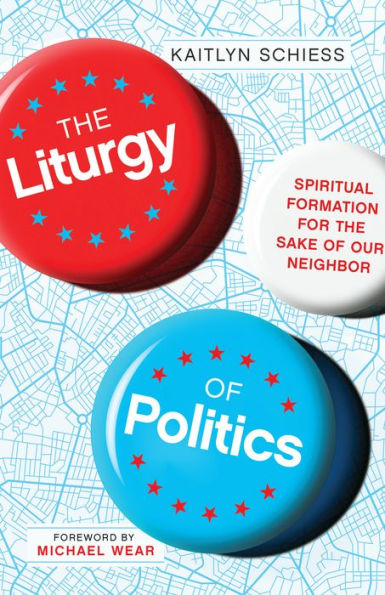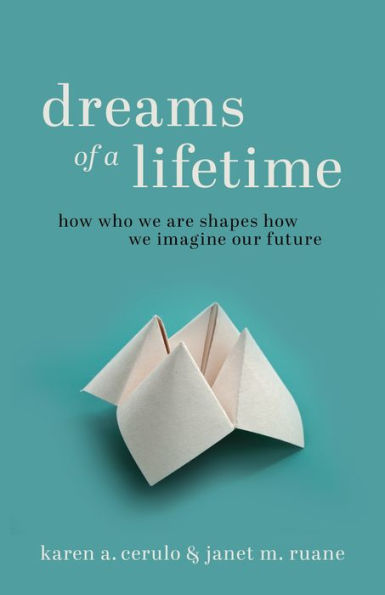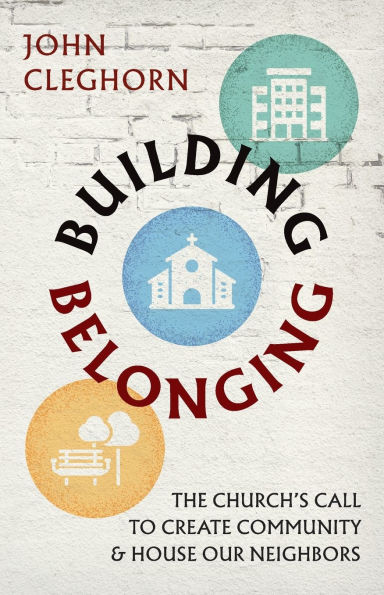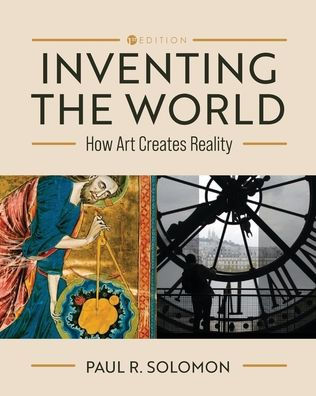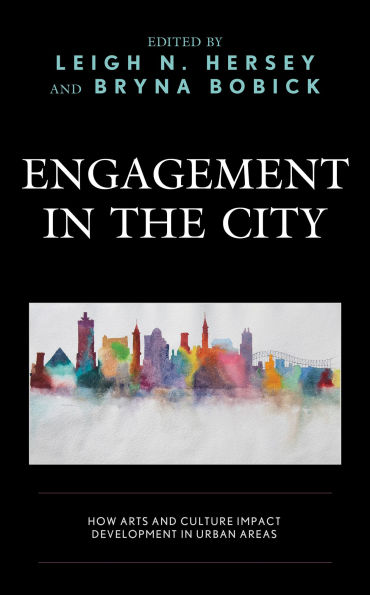Home
Imagining Our Neighbors as Ourselves: How Art Shapes Empathy
Barnes and Noble
Imagining Our Neighbors as Ourselves: How Art Shapes Empathy
Current price: $28.00
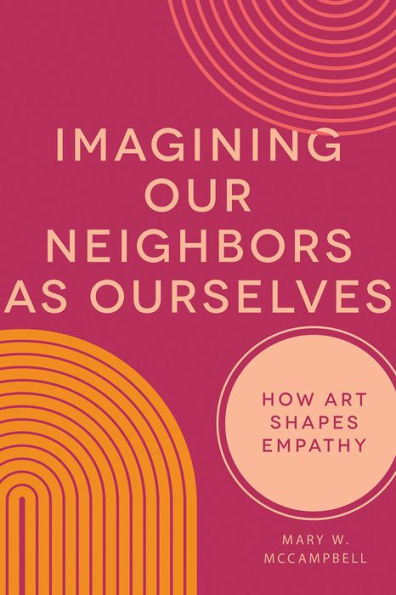

Barnes and Noble
Imagining Our Neighbors as Ourselves: How Art Shapes Empathy
Current price: $28.00
Size: Hardcover
Loading Inventory...
*Product information may vary - to confirm product availability, pricing, shipping and return information please contact Barnes and Noble
Anyone reading comments in online spaces is often confronted with a collective cultural loss of empathy. This profound loss is directly related to the inability to imagine the life and circumstances of the other. Our malnourished capacity for empathy is connected to an equally malnourished imagination. In order to truly love and welcome others, we need to exercise our imaginations, to see our neighbors more as God sees them than as confined by our own inadequate and ungracious labels. We need stories that can convict us about our own sins of omission or commission, enabling us to see the beautiful, complex world of our neighbors as we look beyond ourselves.
In this book, Mary McCampbell looks at how narrative artwhether literature, film, television, or popular musicexpands our imaginations and, in so doing, emboldens our ability to love our neighbors as ourselves. The prophetic artists in these pagesGraham Greene, Toni Morrison, and Flannery O'Connor among themshow through the form and content of their narrative craft that in order to love, we must be able to effectively imagine the lives of others. But even though we have these rich opportunities to grow emotionally and spiritually, we have been culturally trained as consumers to treat our practice of reading, watching, and listening as mere acts of consumption.
McCampbell instead insists that truly engaging with artists who have the prophetic capacity to create art that wakes us up can jolt us from our typically self-concerned spiritual stupors. She focuses on narrative art as a means of embodiment and an invitation to participation, hospitality, and empathy. Reading, seeing, or listening to the story of someone seemingly different from us can awaken us to the very real spiritual similarities between human beings. The intentionality that it takes to surrender a bit of our own default self-centeredness is an act of spiritual formation.
Imagining Our Neighbors as Ourselves
presents a journey through initial self-reflection to a richer, more compassionate look outward, as narrative empowers us to exercise our imaginations for the sake of expanding our capacity for empathy.
In this book, Mary McCampbell looks at how narrative artwhether literature, film, television, or popular musicexpands our imaginations and, in so doing, emboldens our ability to love our neighbors as ourselves. The prophetic artists in these pagesGraham Greene, Toni Morrison, and Flannery O'Connor among themshow through the form and content of their narrative craft that in order to love, we must be able to effectively imagine the lives of others. But even though we have these rich opportunities to grow emotionally and spiritually, we have been culturally trained as consumers to treat our practice of reading, watching, and listening as mere acts of consumption.
McCampbell instead insists that truly engaging with artists who have the prophetic capacity to create art that wakes us up can jolt us from our typically self-concerned spiritual stupors. She focuses on narrative art as a means of embodiment and an invitation to participation, hospitality, and empathy. Reading, seeing, or listening to the story of someone seemingly different from us can awaken us to the very real spiritual similarities between human beings. The intentionality that it takes to surrender a bit of our own default self-centeredness is an act of spiritual formation.
Imagining Our Neighbors as Ourselves
presents a journey through initial self-reflection to a richer, more compassionate look outward, as narrative empowers us to exercise our imaginations for the sake of expanding our capacity for empathy.

